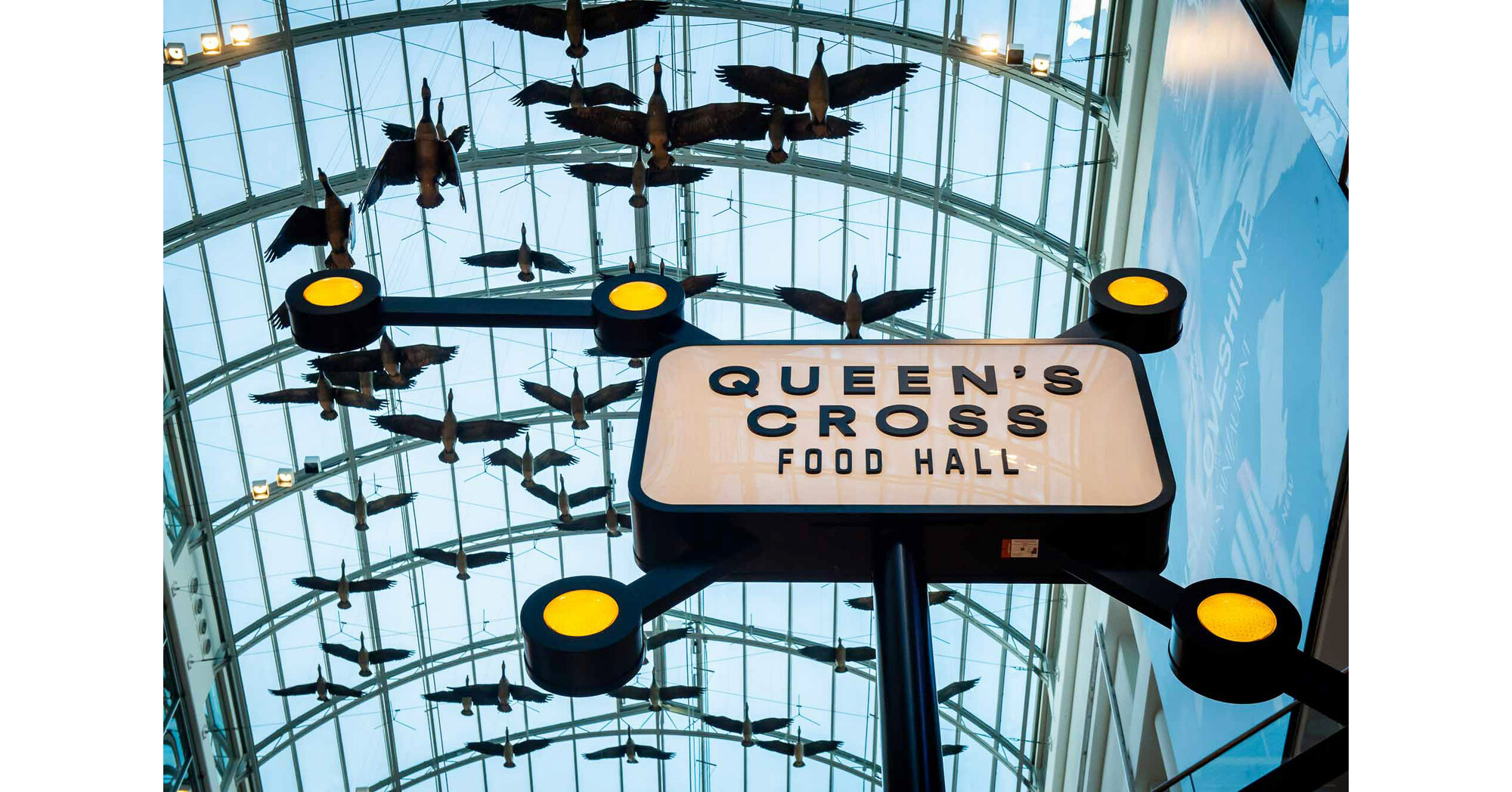What Is New American Meals, Seriously?
5 min read
In the absence of other language, New American is, most likely, the easiest (and from time to time, most reductive) description of what these cooks are performing: pulling from an array of present-day sources to mirror some thing about eating in The usa.
But just simply because “New American” is the most effective we’ve received doesn’t imply it is good adequate, or that it isn’t obscuring a thing by currently being so generic. We can—and should—do a superior task of acknowledging the individuality that in fact can make food stuff tradition in America so hanging proper now. Making use of a label at all indicates the existence of a cohesive American cuisine, when what definitely defines American food stuff suitable now is how much-achieving and all-encompassing it can be. This is not the French-encouraged cooking of the ’80s and ’90s. New bids into the canon like “New New American” or “chaos cooking” are encouraging tries to explain what’s happening in American food stuff culture appropriate now, but significantly like the phrase they intend to change, never pretty describe all that American cooking has to offer at this second. How immediately will we discover those people labels to be outdated, way too?
When foods media went by a racial reckoning in 2020, part of the fallout was exactly a call for additional specificity. The complaint about Alison Roman and “the stew”—a chickpea dish weighty on turmeric that was shut adequate to several South Asian dishes to increase much more than a few eyebrows—the objection was much less about who owns what, or who has a appropriate to use which ingredient, than simply a need to simply call anything by its appropriate identify.
It is why “New American” as a time period only does not work anymore—if it did at all. It when claimed to glance forward, but now in reality seems to be back: to a time when it was merely assumed that the default in America was whiteness, and what was new about New American was new to most in the country—when Wolfgang Puck including Asian substances to his menus however appeared “daring.” But that is not the circumstance anymore. Kimchi, sumac, curry spices, lemongrass, fish sauce—these are components now so everyday you will come across them on mass-industry cooking programs these types of as America’s Take a look at Kitchen and Cook’s Nation on PBS.
Currently, portion of what is driving novelty in American cooking, and landing dining places on ideal-of lists, is a a lot more purposeful, unique state of mind. Chefs are getting their personal strategies to describe their cooking—and most likely furnishing useful keys for how to study this culinary landscape.
When Eric Brooks and Jacob Armando set their own twist on crimson sauce Italian at Gigi’s in Atlanta, the results—beef carpaccio with rice crackers, polenta with caviar, fettuccine alfredo with fermented chili breadcrumbs—might effectively be termed “New Italian American” (They phone by themselves, rather just, an Italian kitchen area). At L.A.’s Anajak Thai, Justin Pichetrungsi took over his parents’ decades-old institution and the effects are almost a too-on-the-nose expression of what 2nd-gen, third-culture American cooking appears like: Thai Taco Tuesdays, Southern Thai-design and style fried rooster, Kampachi sashimi with a Hainanese ponzu. It describes alone as Thai—but with the very American addendum that “Anajak is a person significant f*cking social gathering.” And at Nami Kaze in Honolulu, chef-owner Jason Peel takes the previously multicultural delicacies of Hawaii and provides in not just Japanese touches, but also Levantine labneh and za’atar, Southeast Asian satay sauce with summer rolls, and beets with gochujang.
Eater described Peel’s approach as “grounded in the Islands and uncovered to the world.” It’s not a undesirable way to feel of American food items appropriate now: rooted someplace, but also reflecting the fact that the People cooking and having it occur from destinations exactly where the meals cultures are considerably distinctive from what’s traditionally been regarded American.
Instagram articles
This articles can also be seen on the web site it originates from.
But on Nami Kaze’s web page, fairly than New American or Japanese American, what it suggests in massive sans serif is “Japanese + American.” The hyphen is long gone, replaced by a moreover indication. If you had been to squint a little bit and browse it symbolically, you have the “yes and” of labels. It is a fantastic way to capture what is essentially likely on: There is not a single matter emerging in American foodstuff society at this instant, but a frequent course of action of addition that is getting the American and building one thing, properly, new.
Absolutely sure, that interpretation is possibly a minor optimistic practically nothing in the mess of countrywide and ethnic id is essentially that straightforward. So a lot of how we define ourselves comes down to the subjective apply of what feels correct. Cooks like Edward Lee may possibly want the very simple, declarative “American.” Many others seek out a mixture, like Taiwanese American, Korean American, Neo-Italian American—and certainly, hyphenation can be imprecise and clunky in its very own way. But each makes an attempt to stay away from the ambiguity in obscuring an deliberately created delicacies. And far more precision does possibly get us nearer to clarity. In typical, when it comes to contemplating about the miasma of appropriation, historical past, race, and the hundred other factors presently troubling the meals entire world, even a very little far more specificity would seem like a good factor.
American food stuff is frequently evolving and, in turn, evading labels. We can abide by some common ethos: Say wherever its many influences are from. Take descriptors from spots like Google and Yelp with a grain of salt (good advice for any subject matter). But also: Use a hyphen or a moreover indicator or no matter what else to propose that wherever one thing is from does not wholly decide exactly where it is likely.
The virtually unattainable obstacle right here is describing the way the current is continuously providing way to the long run. Then once again, that’s section of the problem, allure, and attractiveness of feeding on in the United States in the very first put. It’s constantly pushing forward, blending and building and inventing till a little something radically new—even cuisine-defining—emerges. It’s not just new and American, it is “American, and.” Filling in that blank is exactly in which the guarantee lies.
Far more from our sequence exploring the point out of New American eating places:
link






